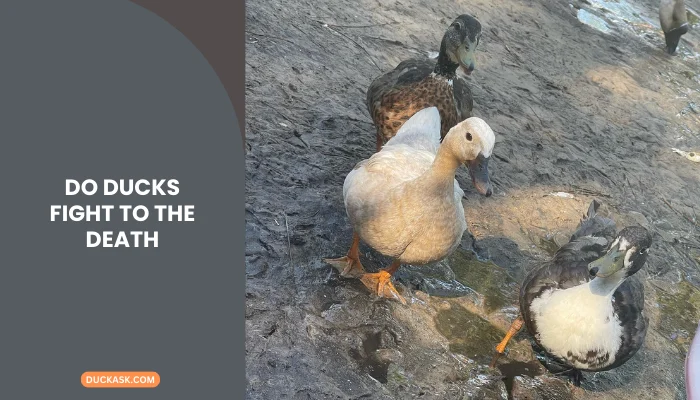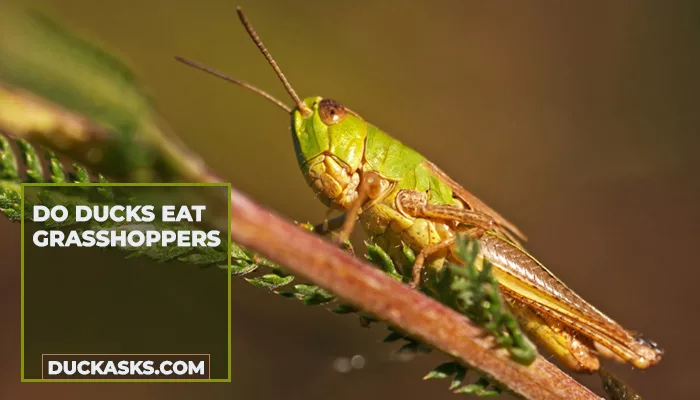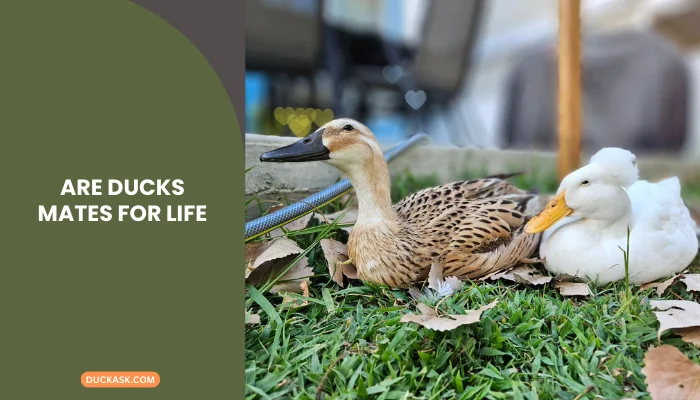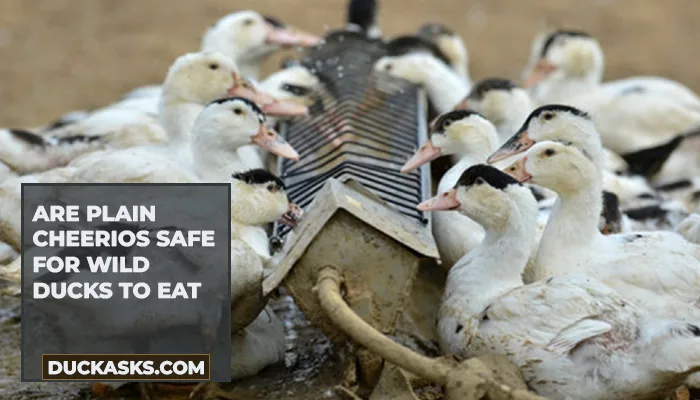Are Mallard Ducks Territorial?
Territorial behavior is a common trait among ducks, especially those raised in the wild. Some species are more territorial than others as well.
Do Mallard ducks fall under that category? Are Mallard ducks territorial? Mallard ducks are highly territorial and are known to attack animals that may disturb their territory. This behavior is most dominant during their mating season. Environmental factors also play a role in this behavior as well.
Keep reading if you want to learn more about the territorial behavior of Mallard ducks.
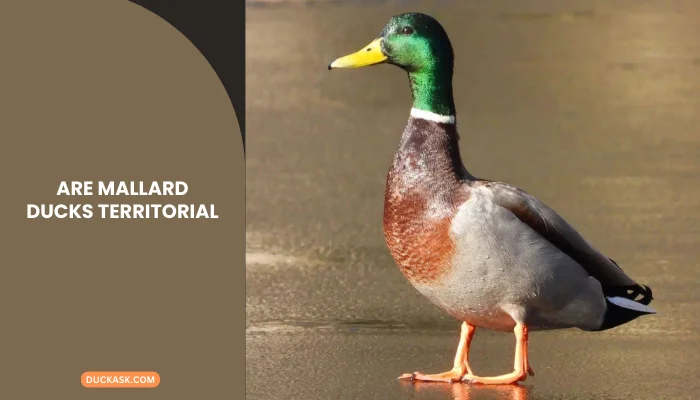
Read more about ducks behavior:
When Do Mallard Ducks Start Marking Their Territory?
As we mentioned earlier, Mallard ducks start to act territorial at the beginning of their mating season. The males are the ones who take charge of protecting their marked territory.
That being said, in some cases, Mallard ducks may mark territory just due to the necessity of survival.
Proper habitat and food sources are hard to come by in the wild, especially for ducks. That’s why if a group of Mallard ducks find a suitable habitat, they may mark it as their territory and start defending it if someone trespasses.

It is in the nature of Mallard ducks to be protective, and this behavior is just a reflection of that.
How Do Mallard Ducks Recognize Their Territory?
Mallard ducks place visual markers along with callouts to recognize their territory if they leave the area.
These birds are known to mark their nest sites with specific markings. Usually, Mallard ducks will make a nest around an ample amount of food source. This allows them to easily find their territory if they are ever lost.
Another way these birds find their territory is by calling each other.
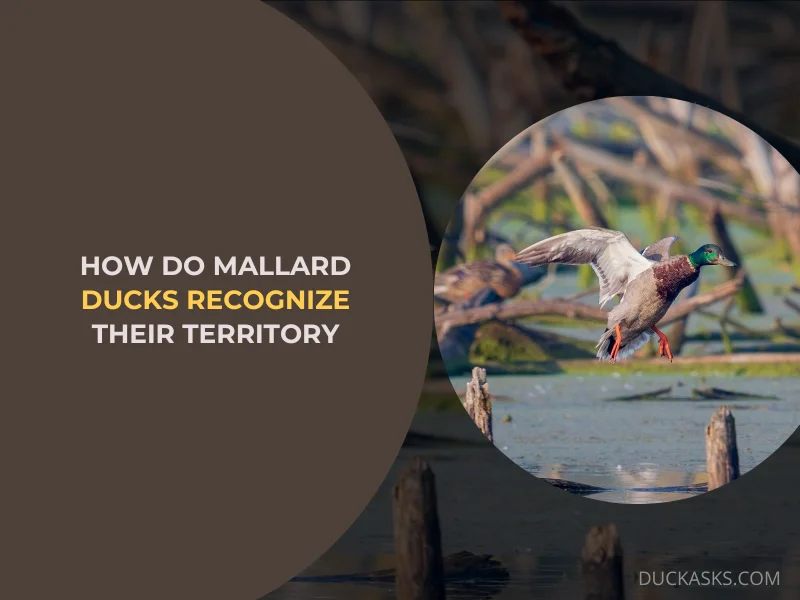
During the breeding season, the female duck spends most of her time in the nest, so if the male is lost, he will call out to her, and the female will reply, which allows the male to find his way back to the nest.
If the Mallards occupy territory as a group, this vocalization cue is much more effective.
How Does a Mallard Duck Defend Its Territory?
Male Mallards are always on the lookout for any other male or bird, or animal that might enter their territory. If another bird or animal invades a Mallard duck’s territory, the following can occur:
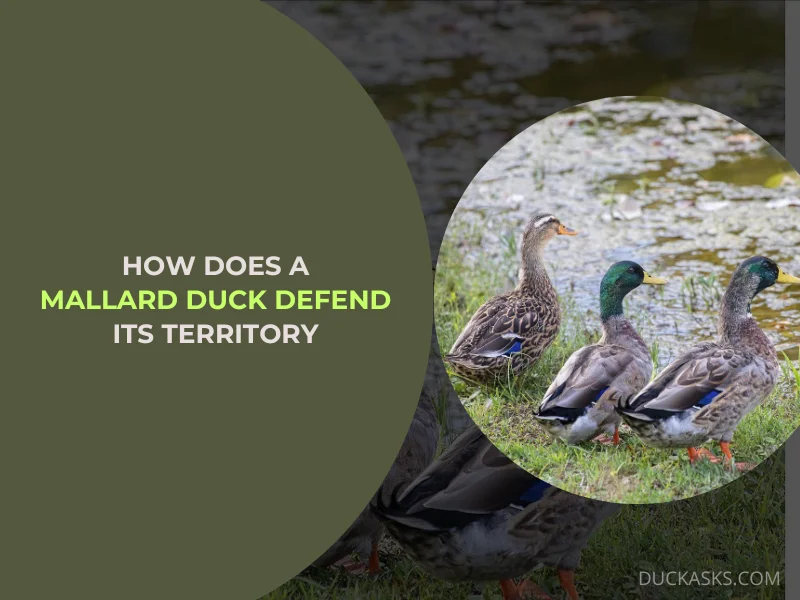
- The Mallard will start to showcase aggressive displays toward the invader: this can start from dominant posturing to attacking and chasing the invader.
- Male Mallards will start to call out to each other and start making hissing and quacking sound to deter the invader.
- Sometimes, in a group setting, the monitoring male Mallard will call for reinforcements and start attacking the invader.
What Kind of Territory Does a Mallard Duck Typically Occupy?
Similar to other animals, Mallard ducks look for a comfortable location when setting up their territory. The primary requirements for a nesting place for them are:
- Ample food and water source
- Cool environment
- Low risk of predators
Some of these requirements may change depending on the season. As Mallards usually mate during the late winter to spring, they may choose a cozy environment that offers a bit of warmth.

Food resource is very important for Mallards, and they won’t nest in a place until they are sure that they will be able to get enough food for themselves. The same goes for water requirements as well.
Due to this, you may see Mallards making nests in some unusual places. But don’t try to interfere with them as they usually make their territory only when they are sure of the area.
Final Thoughts
The territorial nature of Mallard ducks is something that you don’t typically see among waterfowls, especially the ones that are raised on farms.
Most farm-raised Mallards even try to mark their territory, but that is not the case in the wild. So, if you see a Mallard nest in the wild, don’t wonder, ‘Are Mallard ducks territorial?’ just leave it be.
Hopefully, you learned something new about Mallards today. If you want to see more behavioral analysis like this article, make sure to follow and like our content on Facebook, Twitter and Pinterest.
References
- https://www.nationalgeographic.com/animals/birds/facts/mallard#:~:text=They%20normally%20lay%20about%20a,common%20and%20not%20considered%20threatened
- https://www.audubon.org/field-guide/bird/mallard
Image Credit
- Instagram.com/birdiepeter
- Instagram.com/narrowboatpaint
- Instagram.com/jeff.hunkin
- Instagram.com/wisaphotostudio
- Instagram.com/bonnie_brennan_gallant

